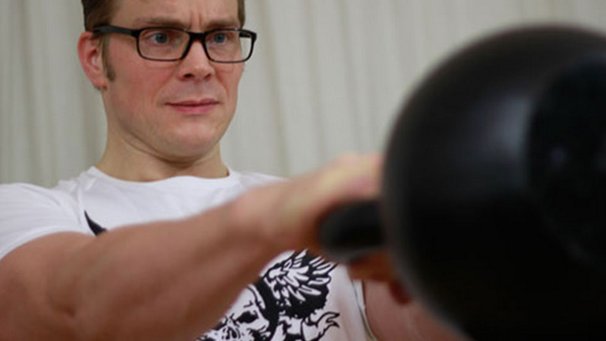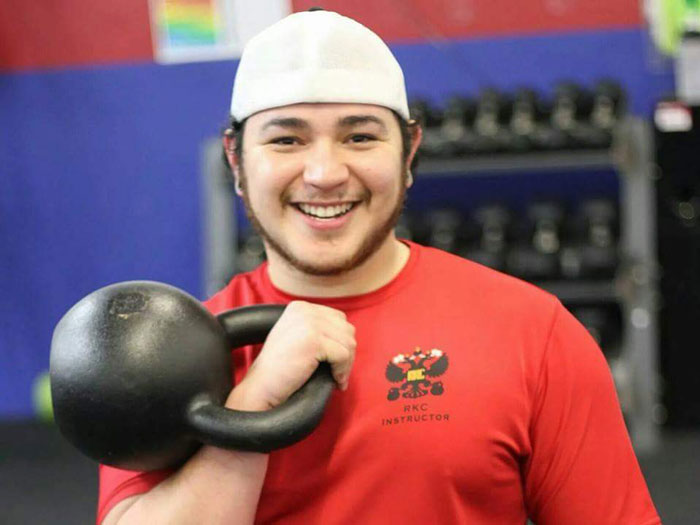
Every RKC instructor has gone through the rigorous snatch test. This is five minutes of full effort—snatching a kettlebell for 100 repetitions. Ask anyone who has done it and they will tell you the joys of the test. Many RKC candidates are nervous and frightened when it comes to the snatch test. They end up putting so much effort and stress about test that they miss the big picture of what the weekend is really about—learning.
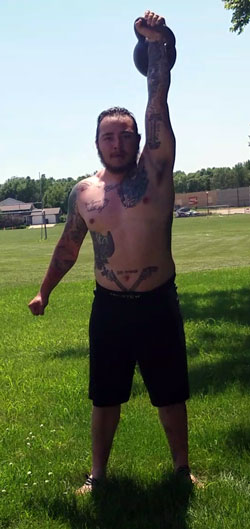 The RKC is known as the School of Strength because we educate candidates on how to teach strength to others. As we all know the title of RKC instructor is not given, it’s earned. One of the requirements is the snatch test and it’s part of the right of passage to earn your title as an RKC instructor. But, I want to bring this to everyone’s attention: your ability to safely instruct kettlebell training is not related to how fast you finish your snatch test.
The RKC is known as the School of Strength because we educate candidates on how to teach strength to others. As we all know the title of RKC instructor is not given, it’s earned. One of the requirements is the snatch test and it’s part of the right of passage to earn your title as an RKC instructor. But, I want to bring this to everyone’s attention: your ability to safely instruct kettlebell training is not related to how fast you finish your snatch test.
The biggest test that many people underestimate and under-prepare for is the coaching aspect of the certification. I can say that I fell into this when I first got certified. I put so much effort in preparing for the snatch test that I didn’t want to focus on anything else. I passed my RKC that weekend, but I wish I would have put more effort and focus on the coaching part of the weekend. As candidates, you are surrounded by other fitness professionals with years of experience—many people also undervalue this aspect of the weekend. Taking in all the cues and corrections the instructors have to offer is so important for growth as teacher of strength.
One year after my certification, I was able to attend another RKC as a volunteer. The candidate coached me though the swing and the plank. And while he used good cues and good progressions, he ultimately did not pass the snatch test. But, he wasn’t bothered by that, his focus was on passing the other two tests—the coaching test and the technique test. This was a good candidate who had his priorities straight. A year later I was able to assist at an RKC Workshop, and this was my opportunity to share with the candidates the importance of coaching. I assured them that the focus for the weekend was to learn how to teach and perform proper kettlebell technique, not to finish the five minute snatch test in four minutes. Knowing how to properly progress and regress a client means you are competent in coaching while keeping your clients safe.
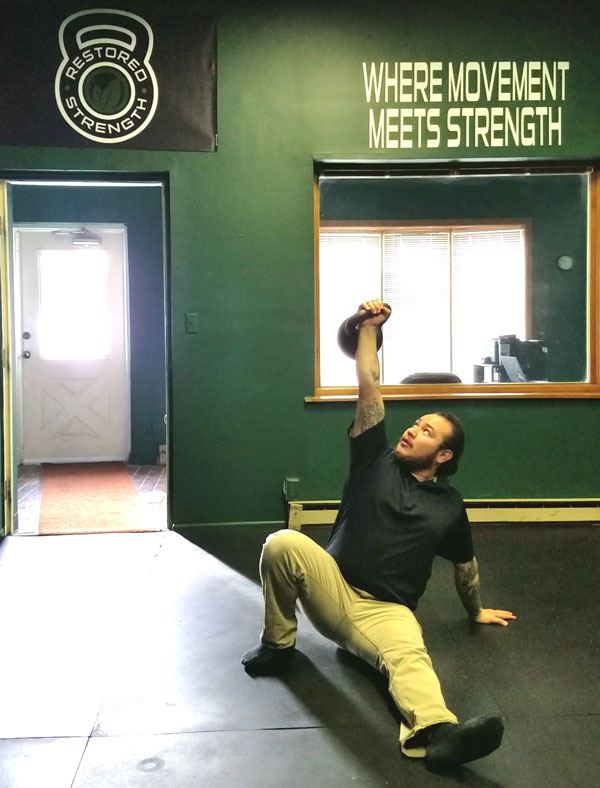
Safety is our number one goal when we working with clients. Making sure that you put a bigger focus on the learning aspect of the weekend will lead you to a successful career in coaching. The RKC is more than just a certification, it’s a system that has principles that apply to all areas of fitness. If you place priority on passing your snatch test and not your ability to coach, you are doing yourself a disservice. Focus on reading your manual and taking notes, I have had the opportunity to assist at an RKC and an HKC, both times I advised the candidates to grab their manuals and write notes. The master instructors have been teaching for years, they will often give cues or corrections that are no in the manual that will be beneficial to remember, so make sure to take notes.
Passing your certification comes with three big tests, your ability to perform the exercises with proper technique, your ability to coach, and your snatch test. This should be the order of importance when you are preparing for your RKC. You will become a teacher of strength, and will show your clients what you learned with proper coaching. Take time to understand that the snatch test is not the most important part of becoming an RKC instructor.
Here are some of my favorite coaching cues to correct the swing:
****
William Sturgeon, RKC II trains clients at his gym, Restored Strength. Contact him through his website at RestoredStrength.com or follow him on Facebook: facebook.com/restoredstrength
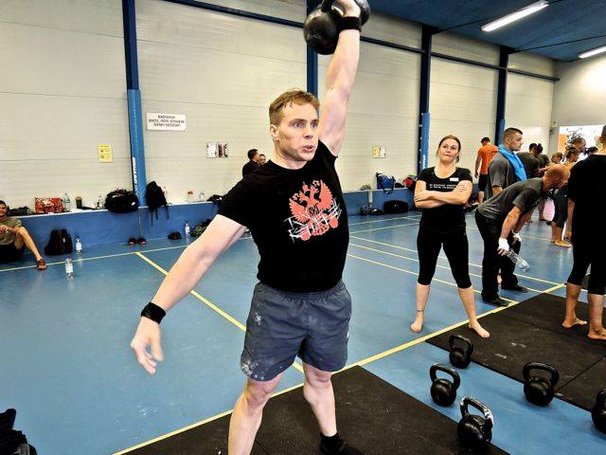
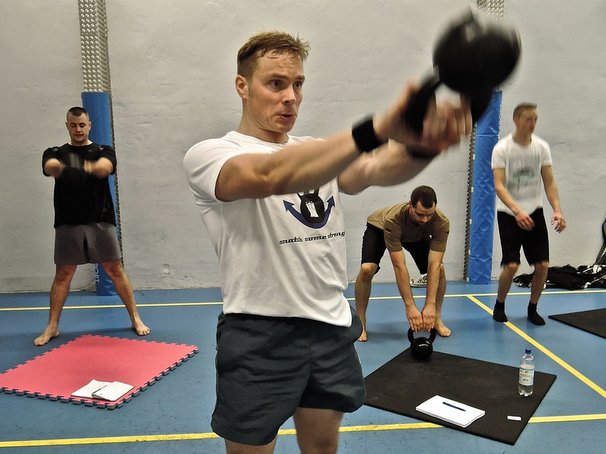
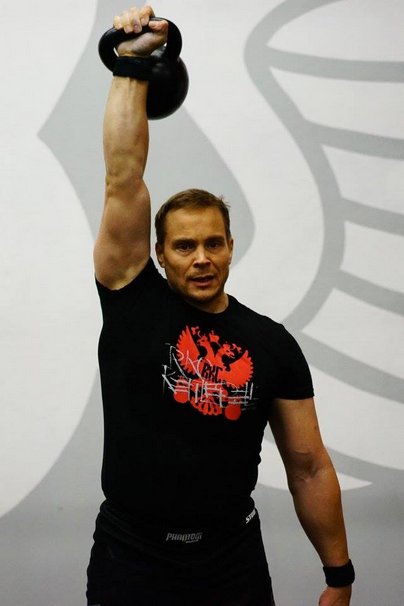 Snatch as precisely as Swiss Clockwork
Snatch as precisely as Swiss Clockwork